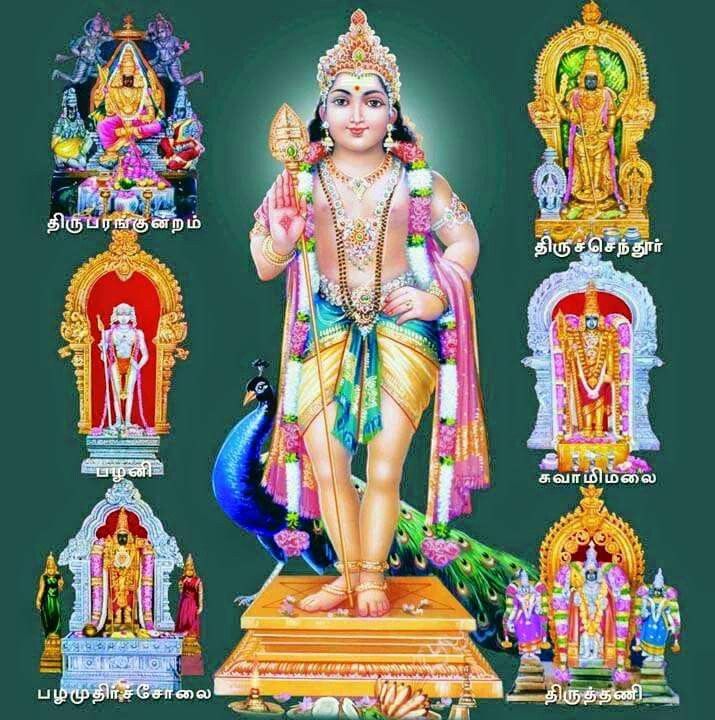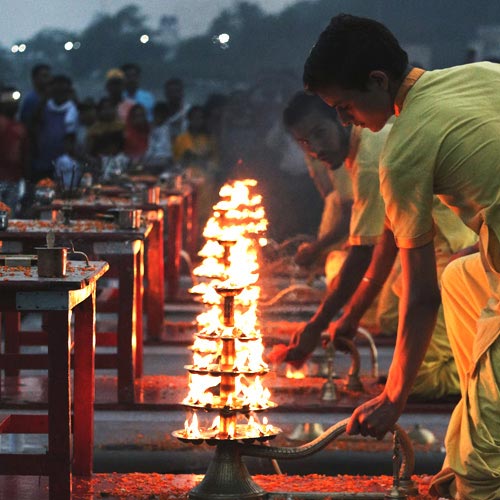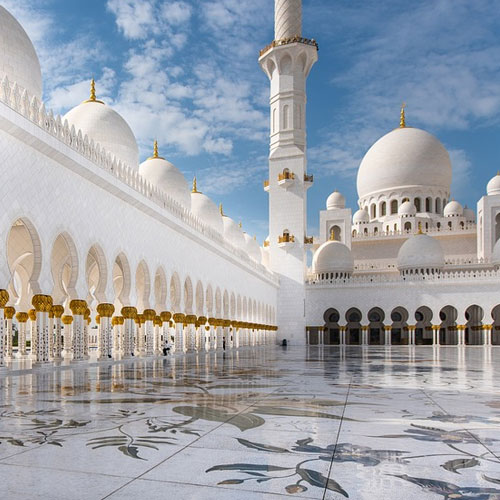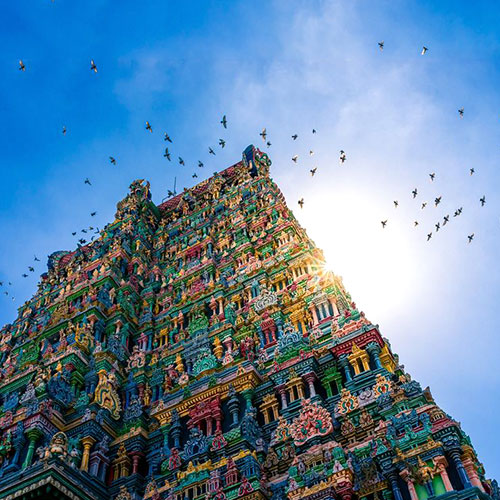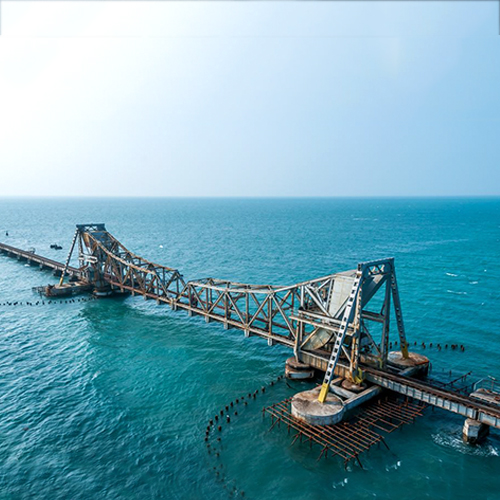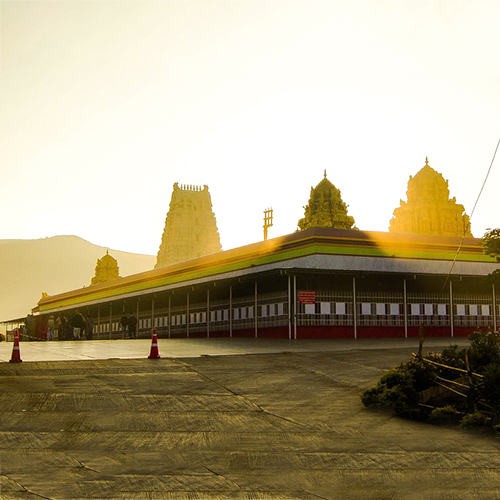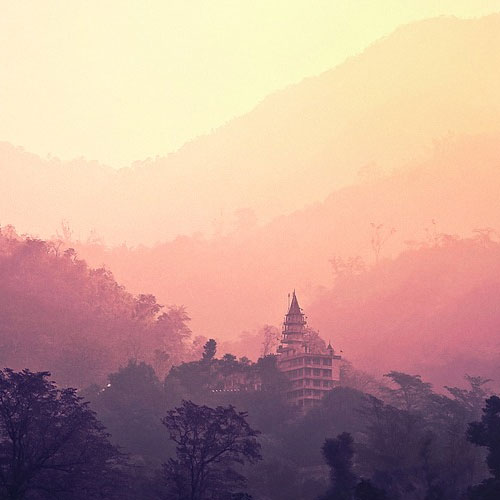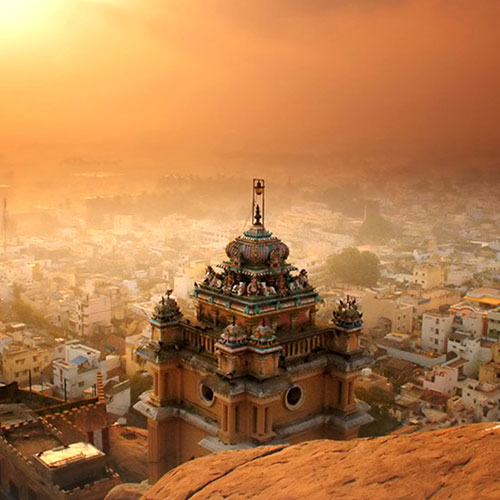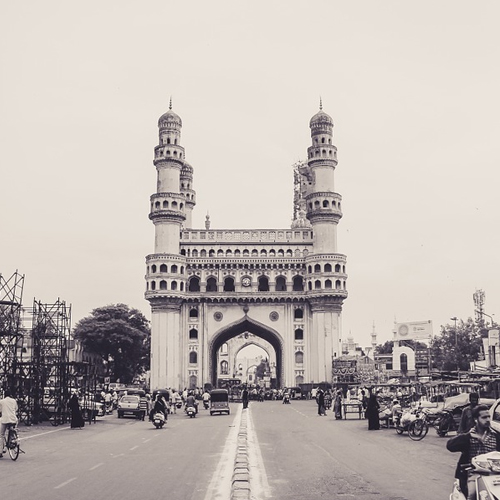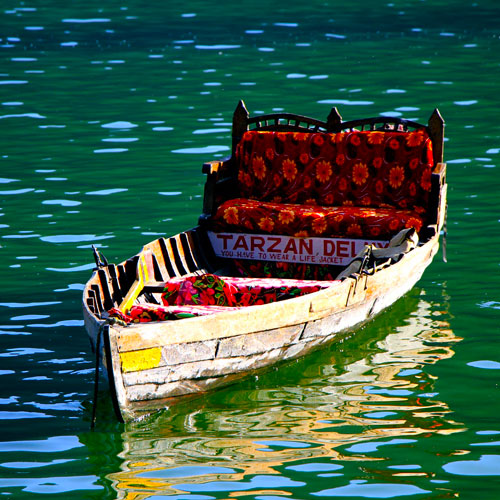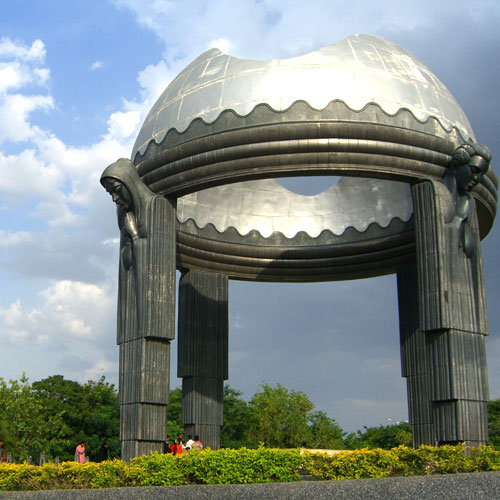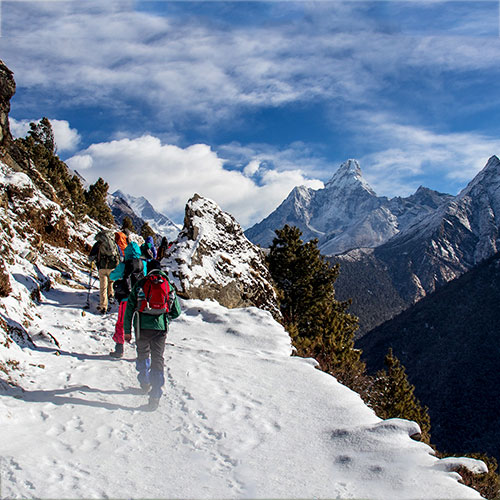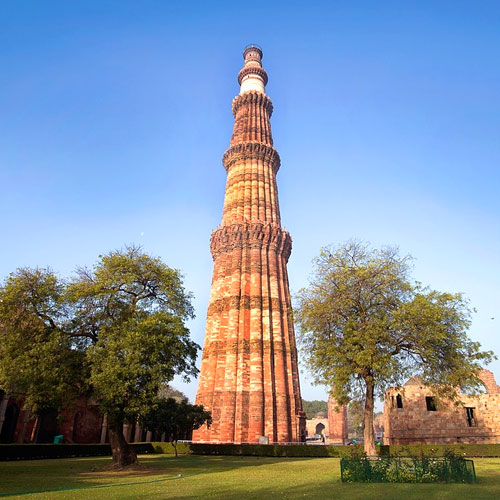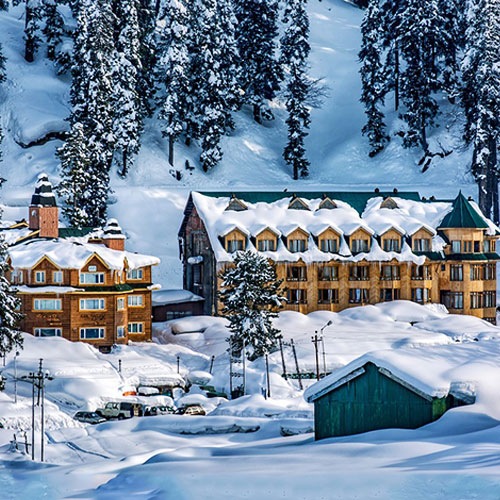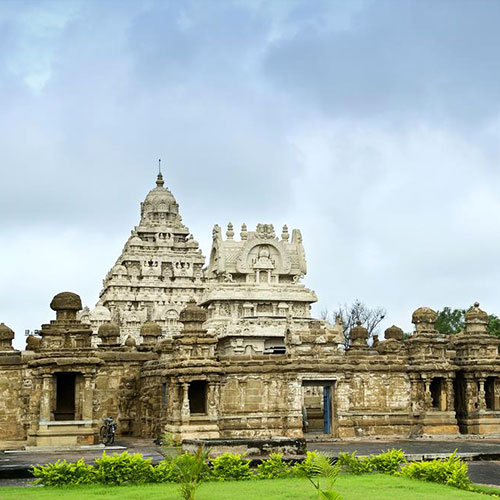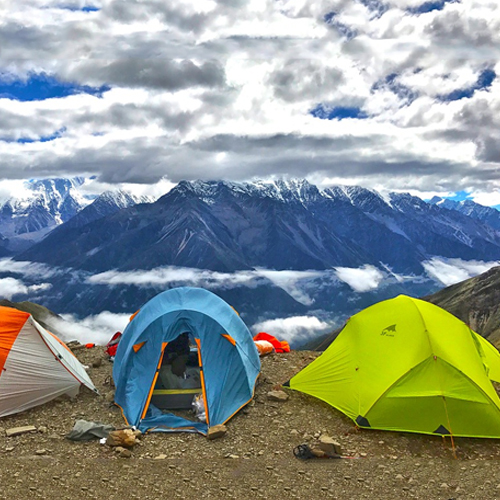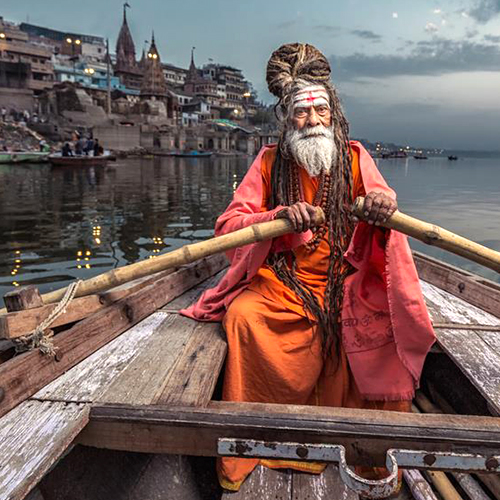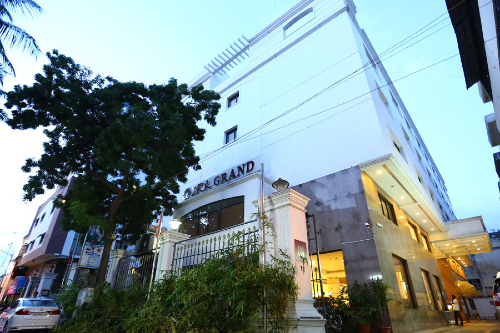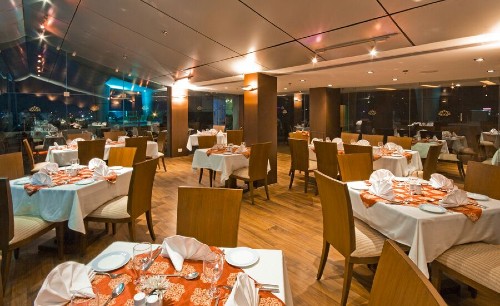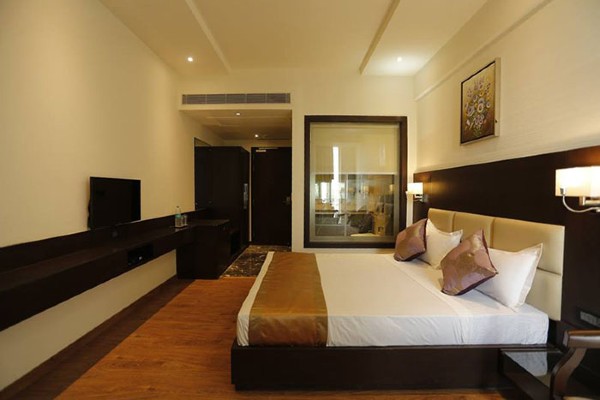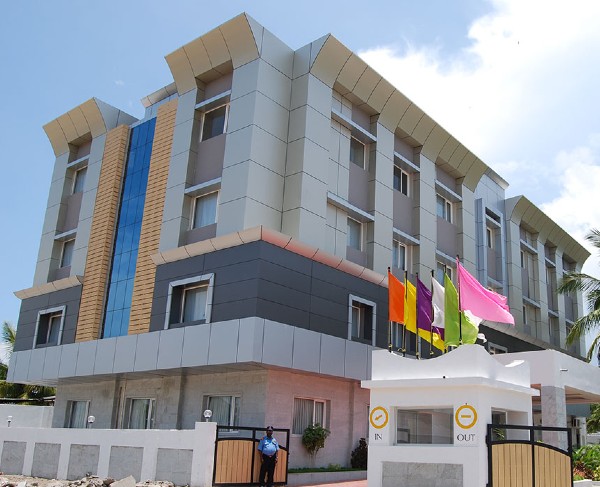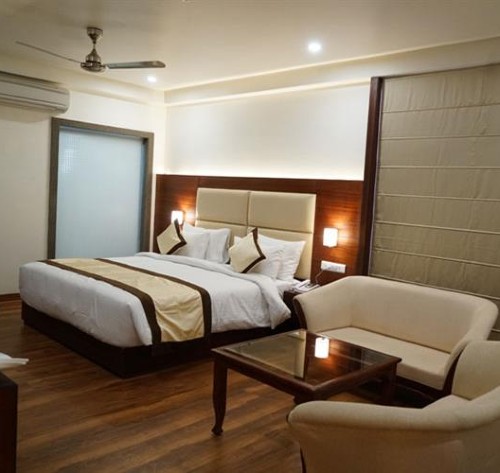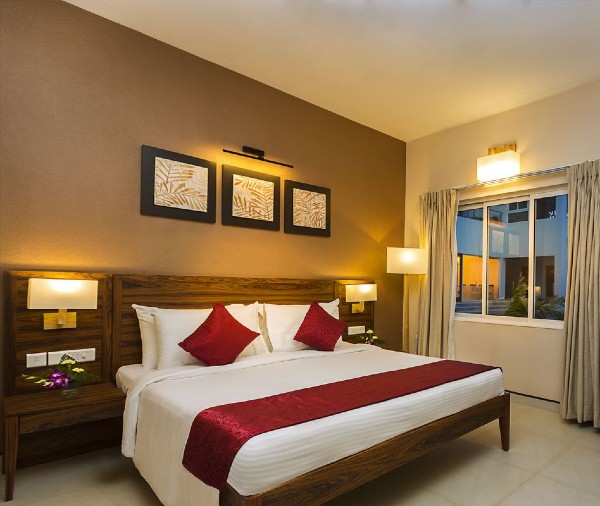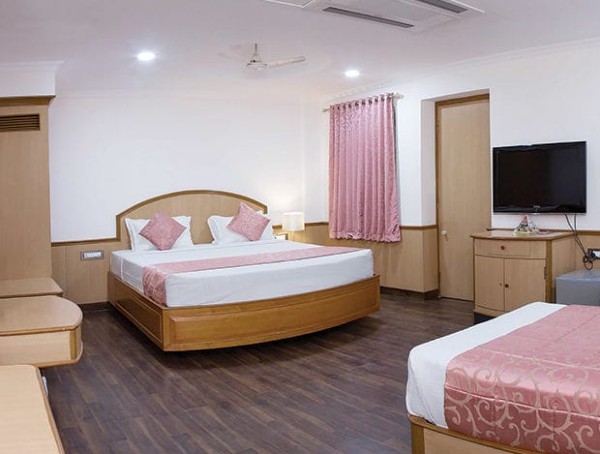GT - Varanasi - Rameswaram Tour

Varanasi is known for its hours of dawn, when the city is in its most serene state. Varanasi is an important city for Hindus because it is dedicated to the god Shiva. There is a belief that bathing in the Ganges will help to purify them and wash away their sins.
Gaya is a religious site and place of pilgrimage. It is famous as it is the place where Gautama Buddha is said to have obtained Enlightenment.
Rameswaram is significant for many Hindus as a pilgrimage to Varanasi is considered to be incomplete without a pilgrimage to Rameswaram.
-
Day1
ARRIVAL - DELHI
Upon arrival in Delhi airport, meet and greet by Aip our representative and then proceed to Hotel for check in. Overnight in Delhi.
-
Day2
DELHI - HARIDWAR
After breakfast proceed to Haridwar. On arrival check into hotel, Later visit Mansa devi temple and Chandi devi temple. Evening go for Ganga aarti. Overnight in Haridwar.
| |
-
Day3
HARIDWAR – RISHIKESH - DELHI
After breakfast move to Rishikesh, On arrival visit Ram Jhula & Lakshman Jhula is an iron suspension bridge across the river Ganges. Then proceed to delhi. On arrival check into hotel. If time permits you can go for shopping. Overnight in Delhi.
| |
-
Day4
DELHI - JAIPUR
After breakfast drive to Jaipur, The Pink City. The distance of about 265 kms will be covered in about 6 hrs. On arrival in Jaipur, transfer to Hotel. Then free and easy for shopping. Overnight in Jaipur.
| |
-
Day5
JAIPUR - SIGHTSEEING
After breakfast sightseeing of HawaMahal and Amber Fort. Amber Fort, which is sparingly beautiful structure and well preserved 16th century built on four levels surrounded by ruins. Among the many splendour of the fort is a small room with ceiling covered by tiny mirrors. Also visit Water Palace(Jal Mahal), City Palace and Janther Manther (18th century astronomical observatory) with several incredible sundials and Sun clocks. Afternoon free for shopping. Overnight in Jaipur.
|
-
Day6
JAIPUR – MATHURA - AGRA
After breakfast drive to Agra, Distance of about 235 kms will be covered in about 5 hrs. Enroute visit Mathura Lord Krishna’s birth, on arrival visit Sri Krishna Janma Bhumi, it is the place where Lord Krishna was born. Then move to agra. Agra which in the 16th and 17th centuries was the capital of the grand Mughal Empire. On arrival visit the Agra Fort, a UNESCO World Heritage Site and walk through the chambers of this royal residence. The fort can be more accurately described as a walled palatial city and during Mughal times housed the state treasury and mint. Then shopping and then check into hotel. Overnight in Agra.
| |
-
Day7
AGRA - ALLAHABAD
Early morning visit to the Taj Mahal, one the Seven Wonders of the World and a UNESCO World Heritage site. The construction of the Taj Mahal began in 1631 and it took 18 years and over 20,000 craftsmen to complete this monument in memory by an emperor for his beloved queen. Legend has it that once construction was completed, the emperor had the architects hands cut off, and blinded, so he would never be able to duplicate the structure anywhere else. After breakfast proceed to Allahabad. The distance of about 500 kms will be covered in about 8 to 9 hrs. On arrival, Enjoy the holy bath in river Ganga and in Sangam (Meeting point) of the three rivers - Ganga, Yamuna & Saraswati. Then check into the hotel. Overnight in Delhi.
| |
-
Day8
ALLAHABAD – VARANASI
Morning after breakfast will cover the other spot in Allahabad like Hanuman Temple, Anand Bhavan - one of the country’s best-running museums in memory of Jawahar Lal Nehru. Swaraj Bhawan -the house where the former Prime Minister of India Mrs. Indira Gandhi was born. Then move to Varanasi, on the banks of the sacred Ganges River, is one of the oldest living cities in the world. For Hindus the city is a very special place of pilgrimage. Hindus consider that a dip in the holy Ganges washes away all the sins and purifies the soul. Upon arrival check into the hotel. Evening enjoy a boat ride on the River Ganges to witness an Aarti ceremony, a very powerful and uplifting spiritual ritual that uses fire as an offering. It's made in the form of a small 'diya' with a candle and flowers and a large number of these are floated down the river, a truly magical sight. Overnight in Varanasi.
| |
-
Day9
VARANASI – SIGHTSEEING
Early morning proceed for a boat ride on the sacred river Ganges to see the sunrise and the cremation ghats to witness the living tradition of one of the world's oldest religions. Then visit to kashi vishwanath temple, The temple stands on the western bank of the holy river Ganga. Kashi Vishwanath Temple dedicated to Lord Shiva, is one the 12 jyothirlinga temples. Later visit Then visit Durga Temple, Kalbhairav temple & Bharat Mata Mandir. Evening free and easy for shopping. Overnight stay in Varanasi.
|
-
Day10
VARANASI - BODHGAYA
After Breakfast drive you to Bodhgaya, On arrival visit Lord Buddha Temple (Maha Bodhi temple), Bodhi Tree, Buddha Statue Covers other sightseeing places Sita Kund, Janki temple and Overnight stay at Hotel in Bodhgaya.
| |
-
Day11
BODHGAYA – GAYA - DELHI
Morning proceed to Gaya (12 Kms). Visit Vishnu Temples, Vishnupad Temple is sacred among Hindus and is dedicated to Lord Vishnu. According to believers and religious texts, the footprints inside the temple are those of Lord Vishnu. After darshan transfer to airport to fly back Delhi. On arrival Delhi, free and easy for shopping. Overnight stay in Delhi.
| |
-
Day12
DELHI - CHENNAI
After breakfas, proceed for sightseeing of Old and New Delhi visiting India Gate, Jamia Mosque, Raj Ghat (Cremation Place of Father of Nation Mahatma Gandhi), Qutab Minar drive past Red Fort, President’s Palace, Parliament House & etc. Afternoon transfer to Delhi airport to fly Chennai. On arrival Chennai. Check into hotel. Then free and easy for shopping. Overnight in Chennai.
|
-
Day13
CHENNAI - MADURAI - RAMESWARAM
After breakfast transfer to Chennai airport to fly Madurai. On arrival Madurai, go for darshan in Meenatchi Amman Temple. After darshan move to Rameswaram. Rameswaram, one of the 12 Jyotirlingas in India. The holiness of this place is clear from the belief that even your trip to Kasi is incomplete without your trip to Rameswaram. The Ramanathaswami temple here dedicated to Lord Shiva is thronged by millions of pilgrims every year. On arrival check into the hotel. Overnight stay at Rameswaram.
| |
-
Day14
RAMESWARAM – TRICHY TRANSFER
Go for early morning darshan in Ramanathswamy temple, take holy bath and fulfill your wishes. After darshan take breakfast at the hotel. Then visit Dr Abdul kalam memorial and photo stop Pamban bridge. Then move to Trichy. On arrival check into hotel. Then free and easy for shopping. Overnight stay in Trichy.
| |
-
Day15
TRICHY & DEPARTURE
After breakfast free and easy until transfer to Trichy airport for your onward destination with unforgettable memories.
Inclusion
-
Accommodation with breakfast in the selected hotels on twin or triple sharing basis.
-
Meal Plan as per the itinerary.
-
Assisstance of driver cum guide.
-
All transfers and sightseeing by Air conditioned vehicle.
-
Driver allowance, Fuel charges, Parking, Toll, Interstate tax etc.
Exclusion
-
International airfare and airport taxes.
-
Travel Insurance
-
All Entrances fees
-
Tips and porter charges
-
Personal expenses.
-
Any other services not specified above




DELHI
1. Red Fort - The Red Fort is a historic fort in the city of Delhi, capital of India. Nearly 200 years, it was the main residence of the emperors of the Mughal dynasty, until 1856. It is located in the centre of Delhi and houses a number of museums. Its prime beauty prevails throughout the year. If you visit during national holidays like Independence Day and Republic Day, you can find many interesting activities and even the Prime Minister’s speech. During winter is the prime tourism season, which starts in October and ends in February. The fort is open throughout the week except on Mondays. The fort is open from 7:00 in the morning until 5:30 in the evening for sightseeing.
Weekdays: INR 60 per head for adult and INR 20 per head for children
Weekends and Holidays: INR 80 per adult and INR 30 per children
2. Qutub Minar - The Qutub Minar, a UNESCO World Heritage Site in the Mehrauli area of Delhi, it is the most popular monument in India. The red sandstone tower of Qutb Minar is 72.5 meter high, tapering from 2.75 meter in diameter at its peak to 14.32 meter at its base, and alternating angular and rounded flutings. This is a truly impressive place. The facilities are quite spread out and include not only the main tower but a mosque and several tomb monuments.
Visit Timing: Sunrise to Sunset
Entry Fee: Indian citizens: Rs. 30/- and for foreign nationals: Rs. 500. Entry is free for children up to 15 years of age.
3. Humayun’s Tomb - Humayun's tomb, this magnificent garden tomb is the first substantial example of Mughal architecture in India. The reason to build this Tomb to house the mortal remains of Humayun, the second Mughal Emperor of India. The Humayun’s tomb is the starting point of the Mughal architecture in India. This style is a delightful amalgamation of the Persian, Turkish and Indian architectural influences.
Visit Timing: Sunrise to sunset, all days of the week
Entry Fee: Rs. 10/- for citizens of India, Rs. 250/- for foreign nationals. Children up to 15 years do not require entry fee.
4. Jama Masjid - The Jama Masjid of Delhi, is one of the largest mosques in India, was built by Mughal Emperor Shah Jahan between 1644 and 1656 at a cost of 1 million rupees. This great mosque is the largest in India, with a courtyard capable of holding 25,000 devotees. The hauz, in the center of the courtyard, is an ablution tank for washing hands, face and feet before entering the main building for prayer. It symbolizes the ritual of baptism needed to enter the community of believers.
Visit Timing: 7am to 12pm, 1:30pm to 6:30pm, all days of the week
Entry Fee: Rs. 200-300
5. India Gate - The India Gate is a war memorial to Undivided Indian Army soldiers who died during World War I, located astride the Rajpath, on the eastern edge of the "ceremonial axis" of New Delhi, India, formerly called Kingsway. The burning flame is manned by members from the three Indian Armed Forces 24×7. During nightfall, India Gate is dramatically floodlit while the fountains nearby make a lovely display with coloured lights. Surrounding the imposing structure is a large expanse of lush green lawns, which is a popular picnic spot.
Visit Timing: 24 hours a day, all days of the week
6. Lotus Temple - The Lotus Temple, located in Delhi, is built in the shape of a lotus flower was completed in1986 it is set among the lush green landscaped gardens. Notable for its flowerlike shape, it has become a prominent attraction in the city. The Lotus Temple is open to all, regardless of religion or any other qualification. The temple hosts several classes from time to time to spread humanity, peace, affection, truth and courage.
JAIPUR
1. Amber Palace - Amer Fort is located in Amer, Rajasthan which is located 11 kilometres from Jaipur, the capital of Rajasthan. Amber fort was declared as UNESCO World Heritage Site is one of the most well-known and most-visited forts in India. Located high on a hill, it is the principal tourist attraction in Jaipur.
Amber Fort is open daily from 8 a.m. until 5.30 p.m. To reach the entrance at the top, you can either walk uphill, ride on elephant back, go by jeep, golf cart, or take your vehicle.
The cost is now Rs. 500 for foreigners and Rs. 100 for Indians during the day. Composite tickets, costing Rs. 300 for Indians and Rs. 1,000 for foreigners, are available. These tickets are valid for two days and include Amber Fort, Nahargarh Fort, Hawa Mahal, Jantar Mantar observatory, and Albert Hall Museum.
2. Hawa Mahal - Hawa Mahal or the 'Palace Of The Winds' located in the heart of the beautiful Pink City of Jaipur, is one of the most famous tourist attractions and a prominent landmark of the city on its rich cultural and architectural history. It is constructed of red and pink sandstone. The palace sits on the edge of the City Palace, Jaipur.
Visit Timing: Daily, 9:30 am to 4:30 pm
3. City Palace - Jaipur is the first designed city of medieval India. The city is divided into nine blocks and the royal palace is situated at the centre of the city. The City Palace complex is spread over a large area occupying one seventh of the old city of Jaipur. It has a chain of gardens, buildings and courtyards, temple and museum to give it a grand view that reflects its historical importance and magnificent royal grace.
The City Palace is open from 9 30 in the morning. The entire palace will take around one and half to two hours to visit. The best time to visit Jaipur is between October and March when it is relatively cooler.
4. Jantar Mantar - Jantar Mantar is an astronomical observatory used to measure the distances and positions of celestial objects. India has a total of five such observatories the largest of which is in Jaipur. The instruments at the Jaipur Jantar Mantar are made of stone and are very large structures. To ensure accuracy the structures were first made out of wood and the measurements were adjusted. Once the dimensions were perfected the construction was replicated in stone to give us the magnificent Jantar Mantar.
5. Jal Mahal - Jal Mahal is a palace in the middle of the Man Sagar Lake in Jaipur city. This majestic scene makes the Jal Mahal Jaipur’s most photographed monument but unfortunately the exploration of the actual palace is off restrictions to the majority of visitors to be transformed into an ultra exclusive restaurant. A typical visit to the Jal Mahal will be less than 30 minutes, enough time to take some photos.
VARANASI
1.Ganga Aarti
Each evening the boats on the River Ganga converge at the Dashashwamedha Ghat for the magical Aarti. Five-seven young priests follow a practiced routine with flaming lamps, incense sticks, conches and other holy paraphernalia to a live bhajan sung on the microphone – the synchrony is mesmerizing. The Aarti for the first time was performed when Lord Shiva visited the city, it was repeated when various Maharajas explored these Ghats to take a holy dip in River Ganga.
2.Boat ride along River Ganga
Boating down the Ganga River during sunrise is one of the main attractions in Varanasi. One can observe here the Hindu way of life along the banks of the Ganga (Ghats) River. Start your day with a boat ride at dawn and witness the heavenly beauty of the pious Ghats and the delightful ambience of Varanasi.
3.Shopping of Silk Sarees
Varanasi is famous for its Silk Sarees and the brocades hand-woven in Gold or Silver thread. These masterpieces of elegance and artwork have always fascinated the to-be brides and Saree aficionados. Weaving communities thrive across the town, especially in Godowlia, Lallapura and Madanpura.
4.Shopping of Stone-Carved Toys
The city also offers stone-carved toys. Varanasi is also a good place to shop for musical instruments like sitar and tabla. The cost of the instrument depends primarily on the type of wood used. Mango is cheapest, while black shisham or mahogany are of the highest quality.
5.Subah-e-Banaras
The Varanasi is known for its hours of dawn, when the city is in its most serene state. The morning glory of Banaras is the most auspicious tour to witness and discover life sprawling on the banks of the holy Ganga. It is a mystical blend of nature’s grandeur and human existence.
Rameshwaram
1.Ramanathaswamy Temple
One of the twelve Jyothirlinga Temples dedicated to Lord Shiva, the temple of Ramanathaswamy is an architectural excellence built in the 17th century. A must visit pilgrimage for both the Vaishnavite as well as the Shaiva sect of Hinduism, the temple constitutes a major part of the popular spiritual tourism destinations in India. Today’s Ramanathasamy Temple houses the longest temple corridor in the world, which is 197 meters long and 133 meters broad and stands with 1200 massive granite columns.
2.Jada Tirtham
Around 3.5km from Ramanathaswamy Temple, on the way to Dhanushkodi Village, Jada Tirtham is known among the Hindu devotees for the sacred pond. It is believed that when Rama was about to worship Shiva Lingam in Rameshwaram after killing Ravana, he washed his Jata (matted hair) in Jada Tirtham. There is a temple next to the pond of Jada Tirtham. Jada Tirtham is believed to be the only place in India where Lord Kapardisvara is worshipped.
3.Dhanushkodi Temple
Dhanushkodi or ‘end of the bow’ is a small town at the south-eastern tip of Pamban Island in Tamil Nadu. Lined with shallow beaches, historical remnants and vast horizons of azure sea, this South India Tourist Spot is a must-see in Rameshwaram. Today’s Dhanushkodi Temple is nothing but a ruin of the temple described in different versions of the Ramayana. In case you are curious enough to discover the plot of Ram Sethu, do not forget to explore DhanushKodi.
4.Gandhamadhana Parvatham
Remember the mountain mentioned in the Ramayana from where Hanuman was about to fetch the medicinal herbs to save Laxman. Yes! It is Gandhamadhana Parvatham which was carried by Lord Hanuman on his shoulders. This utterly pious and quaint religious spot is 3 km away from the centre of the town. A double storied temple of Lord Rama houses the imprints of his feet on a chakra. It is also considered to be the highest point in Rameshwaram, so you can have a birds’ eye view of the whole island from the peak.
5.Five Faced Hanuman Temple
Highly revered by the Hindus, the temple of Five Faced Hanuman is only 2 km from the Ramanathaswamy Temple. It is believed that Hanumana revealed his five-faced form for the first time in this place. The statue of Lord Hanuman is smeared with sindoor and worshipped with utmost devotion. The temple here enshrines the statues of Rama, Laxman and Sita. There is a floating stone in the temple which is believed to have been used during Sethu Bandhanam as mentioned in the Ramayana.
6.Adam’s Bridge
Adam’s Bridge or Rama Setu is a debatable historic bridge that connects Rameshwaram island of India to the north-western coast of Sri Lanka. It is a chain of limestone shoals starts from Dhanushkodi tip of India’s Pamban Island. Pamban Island is connected to mainland India by a 2 km long bridge.





